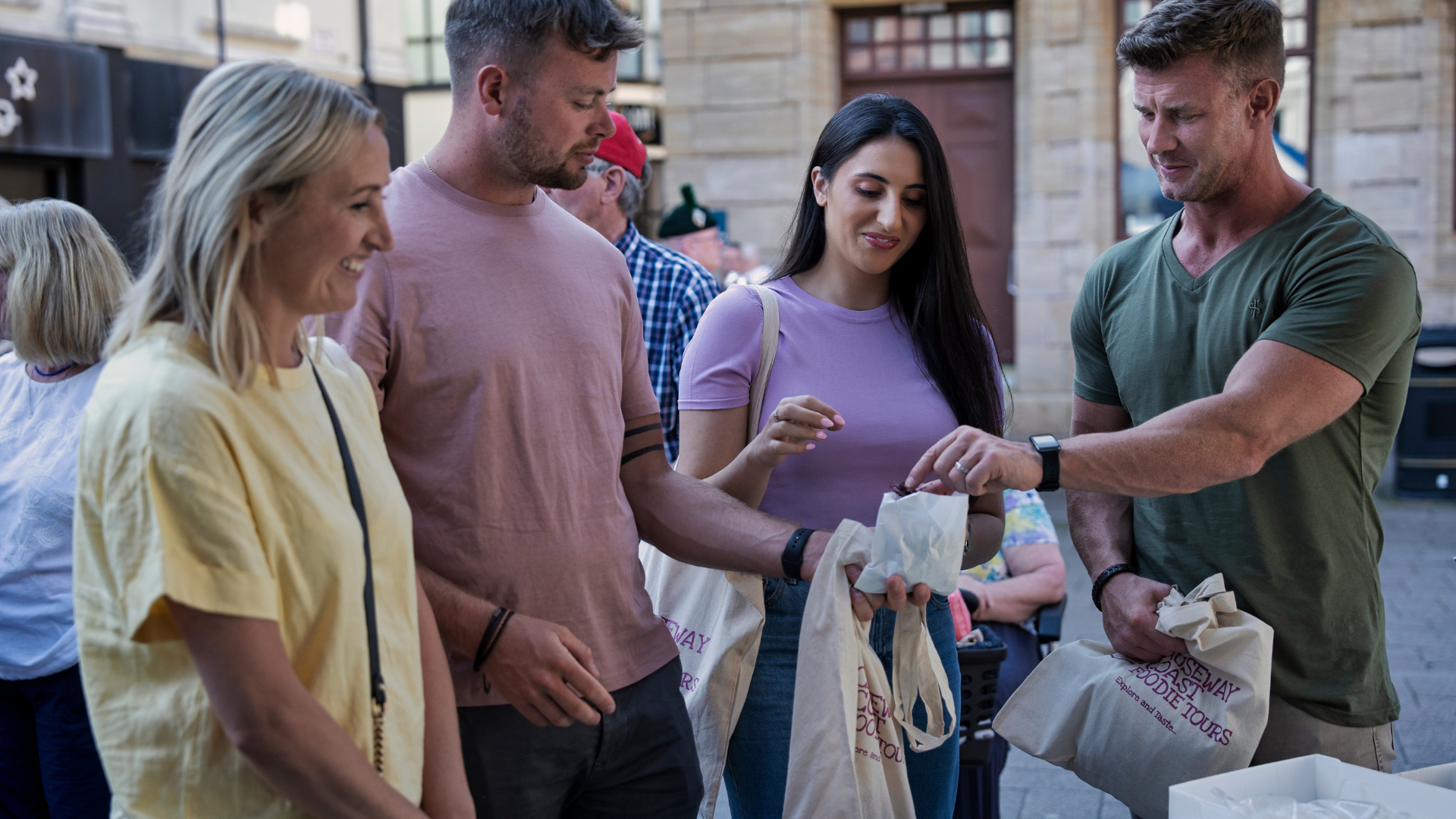Recent donation to museum reveals dangers faced by Queensferry’s Briggers
Mar 06, 2024
To mark the anniversary of the opening of the Forth Bridge on March 4 (1890), Museums & Galleries Edinburgh have published a book online listing all the accidents that took place during the early phase of construction of the Bridge in the 1880s.
The book is an astonishing account not only of the lives of the men, known locally as the ‘Briggers’, working on the iconic bridge and the dangers they faced, but also how they were treated by the earliest ambulance services in Scotland. It records 197 accidents, including nine fatalities, over a 32-month period from 1883 to 1886.
Collections staff at the City of Edinburgh Museums & Galleries approached a group of Queensferry local historians about the book. Since 2005 The Briggers (taking their name from the nickname of construction workers), have been collecting and researching the history of the Rail Bridge. In 2009 they compiled a list of all known deaths which took place during the bridge’s construction, so it seemed fitting to let them know about the accidents book.
The book was recently donated to Queensferry Museum and perfectly complements the existing collections telling the story of the three Forth bridge. The plain cover contains a catalogue of injuries ranging from mild bruising to some of the most gruesome and painful accidents imaginable. It is a unique insight into the construction of the bridge, the conditions of those working on it, and a snapshot of workplace health and safety which is a far cry from today’s high standards.
Consider for instance Matthew Snowden (listed as accident 61), who was lucky enough to get away with just hurting his right hand after falling off a jetty. He was seen by the doctor and soon returned to work. Or poor William Hawkins, a foreman painter who was crushed by a barge, the Tamar, while coming ashore. His left leg was completely smashed above the ankle and had to be amputated at the knee. He was “removed to Infirmary Edinr. by Ambulance”. Hawkins survived and was paid until he was able to come back to work.
Thanks to the tireless efforts of The Briggers, the book has been entirely transcribed. The full text is now available on Capital Collections, the collections portal for the City of Edinburgh Council Libraries, Museums & Galleries. Anyone looking at these pages will be able to search for names of relatives working on the Bridge and find out what happened to them. The Briggers continue to analyse the book and compare it with other existing records. Already, they are aware of one death previously unrecorded and are starting to put together enough information for an emerging picture of how accidents were treated.
What’s more, thanks to the book, the team at The Briggers and Museums & Galleries are able to fill in gaps in what is known about the rest of the Forth Bridge collection held at Queensferry Museum. They have tracked a medal in the collection back to its original owner, Patrick Lee, who caught his sleeve on a drilling machine on the February 5, 1886. Thankfully he only sustained a bruised wrist.
Alongside the details of accidents, the book also gives information on sick leave, compensation, and any resulting sick pay. It lists the various doctors who attended the injured; among them a certain Dr. Hunter who was one of the Forth Bridge doctors and also the South Queensferry GP.
Many of the injuries listed in this early stage of construction were sustained during the complex operation to build, move and sink the massive caissons in place. These were wrought iron cases lowered into the Forth to give workers access to the seabed to lay the foundations. The caissons were assembled on land and towed by boat to their final positions in the Forth. 2024 is the 140th anniversary of when the six enormous caissons were first launched.
Culture & Communities Convener, Councillor Val Walker said:
“The Forth Rail Bridge is iconic and recognised around the world. Research has only just started but already the book is unveiling stories of incredible endurance, hardship and resilience, and allowing us to make links with other objects across our collections. Edinburgh has many local communities, each with their own unique history, and it is through partnerships such as the work with The Briggers that the collections really start to reveal their secrets.”
“Publishing the book online is a great way to share the collections and open up the stories for the world to read. We hope this resource will help anyone interested in finding out more about the bridge, or perhaps those doing family history to discover they have relatives who once worked on the bridge.
“Museums & Galleries Edinburgh have some astounding collections, and it is wonderful to see they continue to grow with such items as this book.”
Frank Hay of The Briggers and Queensferry Heritage Trust said:
“The Forth Bridge Accidents Book is an important addition to the collections at Museums & Galleries Edinburgh. It is one of the few (or possibly the only) day-to-day working documents to have survived from the construction period.
“After a talk at the Queensferry Heritage Trust by Nico Tyack, Collections Information Officer at Museums & Galleries Edinburgh, we volunteered to transcribe and research the accidents book - revealing important new bridge information on, for example, industrial insurance and how the Forth Bridge was on the leading edge of the Scottish first aid and ambulance movement of the 1880s.”
Stay connected with news and updates!
Join our mailing list to receive the latest news and events from around South Queensferry.
Don't worry, your information will not be shared.
We hate SPAM. We will never sell your information, for any reason.

